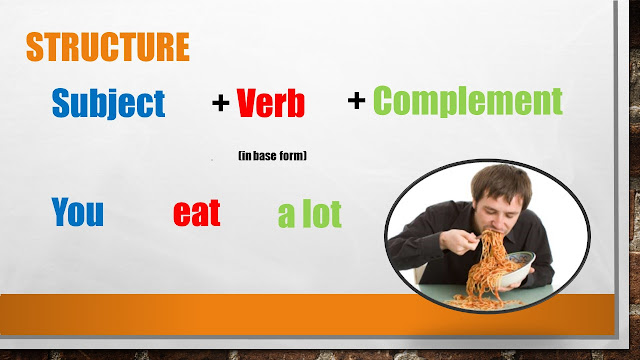Lesson A: Eating habits
Los sustantivos contables son aquellos que podemos pluralizar: (an apple = 2 apples, a cake= seven cakes)
Los no contables, son los que son imposibles de pluralizar: ( a water? X incorret, Some water = correct!)
la primer columna muestra las formas de pluralizar los nouns: generalmente solo se le agrega S al final: Apple --- Apples
pero en otros casos cambia, Atencion !
Lesson B: What's for dinner?
Types of food
Fruits

Meat Seafood

Would you like VS Would you like to
Would you like + countable or uncountable noun
example:
Would you like some milk?
Would you like 3 cookies?
Would you like to + verb + compl
example:
Would you like to play soccer?
Would you like to eat dinner with us?
Any / Some
We use SOME in:
* Affirmative sentences with countable or uncountable nouns
I want some cookies.
She wants some water.
*Questions (requests) with WOULD
Would you like some ketchup with your fries?
We use ANY in:
* Negative sentences with countable or uncountable nouns
I don't want any cookies.
She doesn't want any water.
*Questions with DO
Do you need any money?
Do you want any snack from the fridge?
Unit 12 oral and written activity
Students will write about their favorite food ! they'll have to explain why they like it, where is it from and what are the ingredients.
Example:
My favorite food is pizza. It is an italian dish. I love it because it is very tasty and delicious. my favorite toppings are some peperoni, some mushrooms and some bacon. I dont like any vegetables on my pizza. but I also like a 4 cheese pizza with no toppings at all. I usually eat it twice a month. My favorite restaurant is Domino's. I think their pizza is the best!



















































